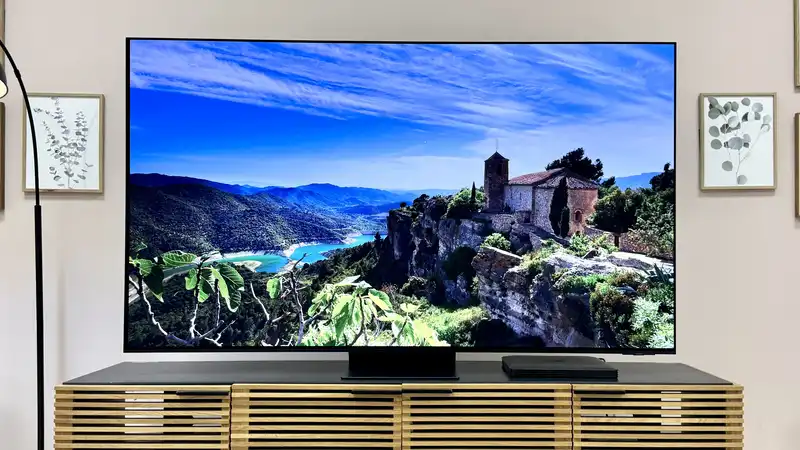There is a reason why TV manufacturers (especially those that produce OLED TVs) do not make matte screens to combat worrisome reflections. While many manufacturers claim to have anti-reflective finishes, the majority of mainstream TVs are still glossy. To actually make a TV "glare-free" requires the addition of filters, even at the risk of limiting the luminance capabilities of the entire panel.
So what does it mean for Samsung to release an OLED TV with an apparently matte finish? Samsung's S95D OLED TVs disappoint by promising effective glare dispersion that does not degrade picture quality; for a brand that has yet to catch up with LG and Sony's top-of-the-line TVs in the OLED market, this is a brave gamble, and I wanted to see if it would pay off.
Our TV testing team took the opportunity to run preliminary benchmarks on the S95D OLED TV prior to its official launch on April 4. The purpose was to see if Samsung's 2024 OLED could take the place of the previous model, the Samsung S95C OLED TV, which earned five stars. Samsung says it should achieve a peak brightness of 1,700 nits with its third-generation QD-OLED panel, which the company calls a "glare-free OLED. Here are the results:
As it turns out, Samsung's OLED TVs fell a bit short. Measured with our X-Rite i1 Pro spectrophotometer, the S95D's peak HDR luminance reached 1,777 nits. In the same 10% window, the S95C reached just 1,369 (at the time we considered this an exceptional score for an OLED TV)
This is an improvement of about 30% over the previous year. We reconfirmed the measurements with fellow TV reviewers who were also early adopters of the S95D, and they all confirmed that the brightness was significantly improved over the S95C.
We also tested the new Samsung QN90D Neo QLED TV. For reference, Samsung's flagship mini LED TVs are consistently among the brightest TVs we test each year. This year's model recorded 2,146 nits of peak HDR brightness in the same 10% window in which we tested the S95D, while the 2023 Samsung QN90C Neo QLED TV was only 1,987 nits.
This tells us that the brightness gap between OLEDs and QLEDs is narrowing. This is largely due to advances in QD-OLED, a type of hybrid technology spearheaded by Samsung (although QD-OLED also showed superior performance on Sony's Bravia A95L QD-OLED TV, which many considered the best TV last year).
While test data is only one factor in scoring a TV, the findings with the S95D suggest that a premium TV experience with less annoying glare is possible. Whether Samsung's glare-free OLEDs will have a lasting impact on what customers want from OLED TVs remains to be seen, but for now, the future of OLEDs is bright--if slightly matte.










Comments